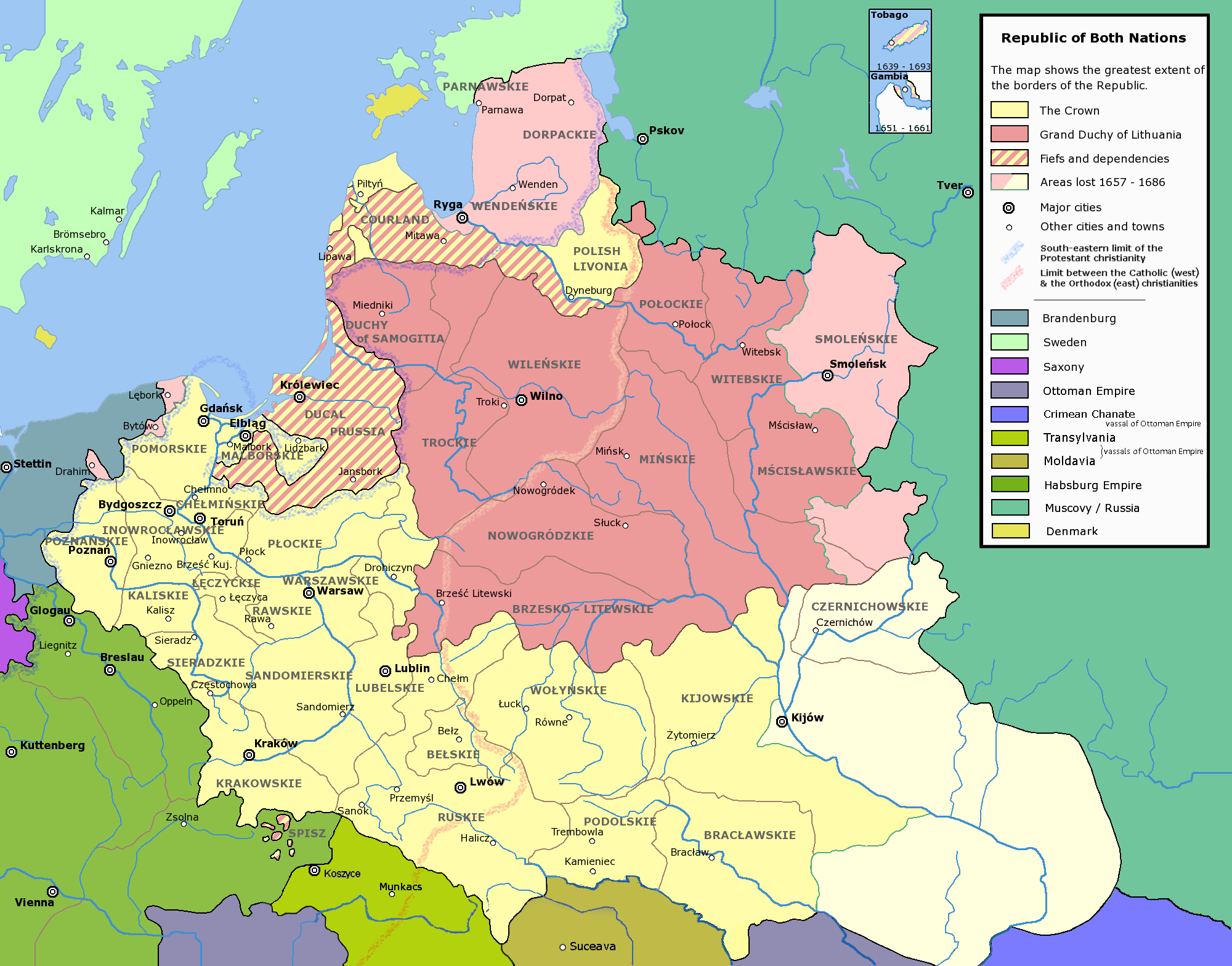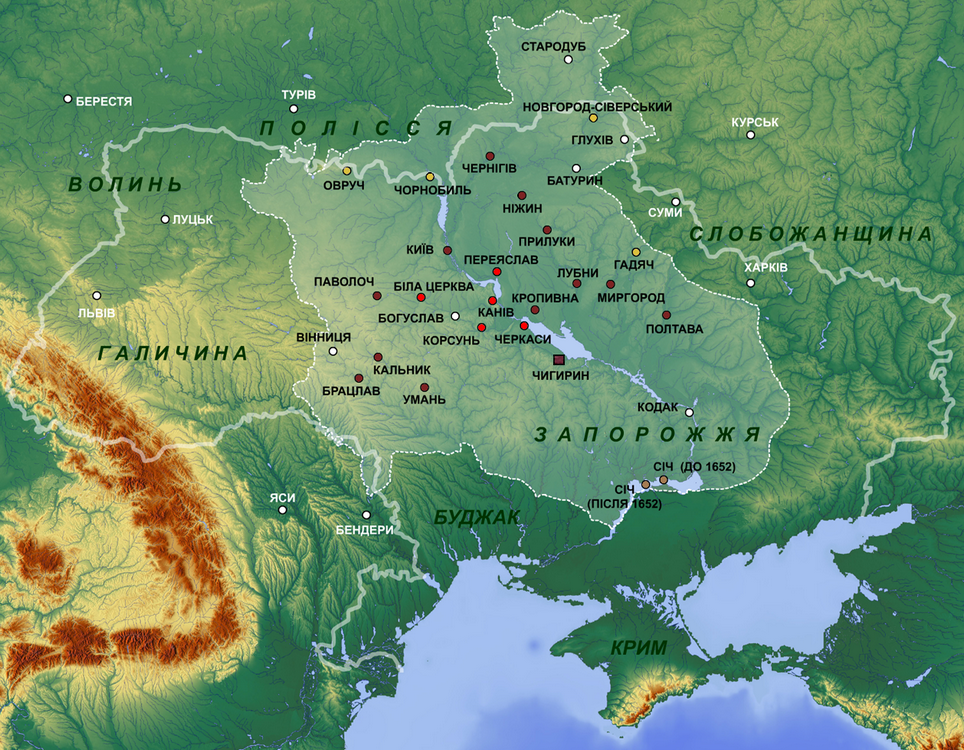Here there used to be a video that outlined the corruption issues that plague Russia. It shows how money, embezzled by Russian officials kept Russian cities derelict and underdeveloped compared to those in neighboring Estonia.
Friday, July 28, 2023
Why Corruption Ruins Life in Russia
Here there used to be a video that outlined the corruption issues that plague Russia. It shows how money, embezzled by Russian officials kept Russian cities derelict and underdeveloped compared to those in neighboring Estonia.
Tuesday, July 25, 2023
Current Military Situation in Ukraine
Current military situation in Ukraine is not conductive towards better territorial arrangement. Russia controls too much of Middle Steppe region, Kherson and Zaporizhian Oblasts. At the same time Kharkiv oblasts with its capital that used to reelect Gennady Kerns for the role of mayor stays with Ukraine
Purely geographical wise it also has some issues. While Dnipro River does provide for an easy to defend natural border, it gives Russia too much coastal areas. It still leaves a salient in the east, sure it is much more defendable than the previous one, but still.
Monday, July 24, 2023
Russian Interests in Ukraine
In several of my proposed solutions to Ukrainian question I mentioned term 'buffer state'. That means a state that exists as a natural barrier between two other states, preventing them from interacting with each other. Such buffer states are needed when contact between two states separated by the buffer state is undesirable for some reason. Typically, because it is in the national interests of one of these states, but sometimes both.
Examples of such buffer states are many. For example, Belgium, Afghanistan and North Korea.
Examples of Buffer States
Belgium is a little bit of a special case here. as it when it was created Netherlands, France and UK all vied for control over this lucrative area. Creating independent state allowed them avoiding complicated disputes over who gets what there and in practice UK has the highest level of influence in Belgium.
Belgium continues to exist despite northern part of the country wants to secede from the south one. However, if that were to happen southern part (Wallonia) will likely unify with France and UK does not want that. Because of these reasons Belgium still exists.
Afghanistan makes almost a textbook example of a buffer state. It is geographically located on economically insignificant and hard to travel land. It is inhabitant by hostile warlike people who do not like any outsiders. Finally, its borders, including its infamous 'pan handle' that goes all the way to Chinese borders that completely prevent any travel from north to south or back other than through the Afghan territory.
All of the above forces any military invasion north or south of the area to first fight through the hostile Afghan people before you even able to reach the area you actually want to invade.
For a modern US army with its aircraft carriers and strong navy that sounds like moot point. As navy can sail, attack and invade nearly anywhere. However back before carriers or even aircrafts were invented this was a significant consideration. Especially for a mostly land based army such as Russian one.
Afghanistan in their current borders was created by the UK back in the end of 19th century. Back then Brits deliberately helped Pashtuns from the south of modern Afghanistan to conquer significant areas in the north, inhabitant by various other ethnic groups such as Tajiks or Hazara.
They done it not out of kindness of their hearts and concern for Pashtun wellbeing. Doing so served UK's national interests in two major ways.
Russia, who was at the time conquering various countries in modern Central Asia, was getting dangerously close to borders of British India, modern Pakistan in this case. UK was concerned that Russia might try to invade British India, so they made a preventive move and established Afghanistan with its current borders as a means to separate British India from anything further north. Thanks to that Russia would have to fight Afghans first if it wanted to get to British India. If Russia indeed attempts something like that UK will have plenty of time to reinforce British India, providing Russia even manages to get through the Afghanistan in the first place. Such an elegant solution allowed UK to use Afghanis as free guards for its British India and saved a lot of money on military.
Second reason was to tie down the Pashtuns themselves. Pashtuns resented that UK conquered their territories south of Kyber Pass and occasionally tried to take them back. By giving these Pashtuns an empire full of different ethnic groups who resent Pashtun rule, they tied down Pashtun forces to pacification duties. That way Pashtuns could no longer attempt to reconquer the south as withdrawing from the north would make Tajiks and other northerners to revolt and overthrow Pashtun rule. Yet another convenient solution to UK national interests in British India.
Why Russia Needs Buffer States
Solution
Thursday, July 20, 2023
Ukraine-Proper Oblasts redistribution
I mentioned that current oblasts do not correspond to historical regions, but that is not the only flaw the oblasts have.
Oblasts' borders are yet another trick Soviet government used to foil Ukraine. Oblasts are created to be as unmanageable and ungovernable on local level as possible.
That was done to make them dependent on central government on pretty much every issue. For Soviet style government it works but for Western style empowered regions that is woefully inadequate.
Almost nothing in any of the oblasts could truly be accomplished on local level alone and central government has other concerns that to micromanage every oblast.
Because of that oblasts have to be redivided. In Ukraine proper they should be made bigger and in South-East generally smaller but with exceptions.
Here are new oblasts for Ukraine Proper.
Volhynia
First of the Western Ukraine Regions.
Unlike Galicia that lies south, Volhynia is flatlands, much like most of Ukraine.
However, unlike many other regions of Ukraine there is no any major rivers in the area.
Historically unlike Galicia was once part of Lithuania before was transferred to Poland, but it was not part of Austria while Galicia was.
Historical Volyn consists of modern Volyn and Rivne oblasts, as well as parts of Zhitomir and Khmelnitsky oblasts.
I think they should be reunited under name Volyn
Galicia
Podolia
Podolia means territory along the valley. In this case valley of Bug River.
This region is far from Russia but close to Moldova who is smaller than Ukraine.
Because of that it probably preserves the most pure Ukrainian culture without much influence from either Poles and Austrians in the west or Russians in the east. Moldovan influence in the region most likely limited to vine manufacturing.
The area consists of all Vinnitsa oblast, most of Khmelnitsky Oblast as well as parts of Cherkassy, Kirovohrad and Odessa Oblasts.
Kyiv
Wednesday, July 19, 2023
How to better reorganize Ukraine
Overview of Ukraine
Ukraine proper
Further subdivisions of Ukraine Proper
South-East
Further Subdivision of South-East
Sloboda Ukraine
Donbas
Crimea
Odessa
Middle Steppe
Middle Steppe
Reorganisation
Odessa
City of Special Status
Crimea
First it was a naval base for Russian Black Sea fleet. The entire city of Sevastopol was built to host this naval base.
Crimean Protectorate
Donbas
Donbas is Ukraine eastern most area. It was settled and developed during 19th and 20th centuries. It is heavily industrial areas with steelworks and coal mines. The area is heavily populated as well.
Because of this fact this area is important for Russian economy but very detrimental for Ukrainian one.
Donbas Republic
Sloboda Ukraine
I will begin with the most outlying region of them all, so called Sloboda Ukraine or Slobozhanshina. Back in the days it consisted of Kharkiv oblast as well as half of Sumy Oblast.
Sloboda Ukraine Republic
Tuesday, July 18, 2023
Another Proposal for an Australian Flag.
It has several good advantages.
It looks very aesthetically pleasing. Striking colors, clear image and idea.
It has good symbolism that truly represents the country:
- Red for the color of the land
- Yellow disk for hot summer sun and the bright future.
- Kangaroo is a local animal that is unmistakably Australian.
Kangaroo is rather apolitical symbol that can unite the country.
Kangaroo will make the flag very recognizable internationally. Canadians will shoot themselves out of jealousy, as this flag is much more unmistakably Australian then their Maple leaf Canadian. Canada what?
While it uses same basic colors that aboriginal flag, it is not an aboriginal flag. Aboriginals are not universally loved in this country no matter how much progressives support them. Thus, a compromise solution that can somewhat appeal to both sides can unite those who support more aboriginal representation with those who oppose it.
Thus, the final design is what should be out flag.
Monday, July 17, 2023
Russia is a Sick Man of Europe
First a little bit of history. Back in 19th century when UK and Russia were two biggest great powers, and played the so-called Great Game, in which the two divided the world into spheres of influence. There was so called Eastern Question:
What to do with the Ottoman Empire.
Ottoman Empire used to strike fear all across the Europe in 16th and 17th centuries. Back then it was almost undisputed superpower. However, nothing lasts forever, and fortunes of the Ottomans started to falter. After the Great Turkish War it began to wane. It could still hold most of its ground in early 18th century but lost more closer to the end of that century. By the middle 19th century, Ottomans were no longer able to defend itself and thus so-called Eastern Question came to be.
Russia wanted to conquer all the Ottoman Empire and simply annex it. However, that would have been contrary to the interests of the UK, as that would have made Russia much stronger than UK. So, UK France and Sardinia-Piedmont (future Italy) interfered to save the Ottomans and fought a bloody Crimean War
Ever since a question of what to do with the faltering empire occupied minds of UK's politicians. They did not want it to just fall prey to Russia but did not want to guard and protect it with their own armies either.
UK tried to reform and modernize Ottoman Empire so that it would be able to somehow stand on its own. However, curing this so-called Sick man of Europe, turned out to be an impossible task. Endemic corruption, inflexible vested interests and overall unwieldiness of this multiethnic and multi-confessional empire collapsed it on its own head, and it fell apart into multiple new mostly ethnic based nation states at the end of WWI. Modern Turkey too emerged during these times and even put a final nail in the coffin of the old Ottoman Empire when Mustafa Kemal Ataturk conquered Istambul and dethroned the last Sultan, later he also deprived his successor of the title of Khalif of Muslims
Modern Sick Men
How badly Russia is sick.
What Russia and Ottomans have in common
Russia cannot become a nation state.
Solutions
How Nation-States came to be
Nation States are states by people for the people. First such states emerged only recently. The US was first such state and France after Friench Revolution was second. The UK after beheading of King Charles I and Dutch Republic could be considered prototype nation states.
French Revolution changed that. During the course of revolution people of France obtained self-consciousness as nation and wrested control of their country from their King. King and his supporters however did not want to give their country away, so a fight ensured, Louis XVI, a successor to the XIV, was even beheaded as revolutionaries suspected he wanted his country back.
Sunday, July 16, 2023
Siloviki are the cancer that kills Russia
Putin and Siloviki
What unites Siloviki and Bureaucracy
Why Siloviki need War in Ukraine
Saturday, July 15, 2023
History of Ukrainian South-East
From there on newly minted Superpower did not need Ottomans or anyone else agreement on anything, so it begun doing whatever it wanted to.
Friday, July 14, 2023
History of Ukraine Proper
This is a separate article about history of core Ukrainian lands around Kyiv.
Then, some-time after Poland and Lithuania formed a union under Lithuanian Jagellonian dynasty, Lithuania transferred southern areas to Poland. That was done as part of internal governance readjustment and further separated areas that became modern Ukraine from what became Belarus.
Japanese can understand both worlds.
Thursday, July 13, 2023
Post-Soviet Borders are Disfunctional Mess
Current war in Ukraine brings to light issues of various post-Soviet borders. This conflict is far not the only one. Moldova, Georgia, Armenia, Azerbaijan and even Central Asian countries all have plenty of border issues with each other, that occasionally flare into armed confrontations. In case of Ukraine, they even develop into a full-scale war.
While it is simple to blame Russia and Putin for starting this war, that overlooks underlying problems that let it happen in a first place.
When USSR collapsed, its 15 highest level territorial subdivisions became independent countries. Question of viability of these borders was deliberately overlooked to avoid disputes over borders. Such disputes in Yugoslavia led to lengthy Bosnian and Croatian wars where many died and those who dissolved USSR wanted to avoid this on a much bigger scale and with nuclear weapons.
However Soviet borders between various were not designed to create viable independent nations who would be able to function independently on their own. On the contrary, they were drawn to foster interdependency. To that end various hidden hooks were placed in all the former Soviet states, to make their separation from the USSR if not impossible, that at least as painful as possible.
That was done to prevent nationalists in different parts of USSR from pushing for independence as any such move would result in breaking of many economic links and make newly independent countries unstable and chaotic if not outright dysfunctional on their own. Economic co-dependency counteracted nationalism and tenuously kept USSR together in its best days.
However, USSR's economy took a deep plunge in 80s and nationalism resurfaced. It was a perfect storm that destroyed USSR and handed USA victory in the cold war.
However, issues with borders remained and they kept plaguing post-Soviet countries, preventing them from finding their place in the world. Different parts of these post-Soviet courtiers fight for control of their countries with other parts that have conflicting interests, world views and often languages as well.
Russia itself is as dysfunctional as many other post-Soviet states. Moscow elites run that country like that since time immemorable and, thanks to high oil prices, so far more or less managed to keep it afloat. However fundamentally Russia is not any more functional that your average post-Soviet state.
Thus Russia, Ukraine and the rest of post-Soviet states need significate border readjustments and, in many cases, break up into smaller states to turn them into viable nation states.
I will cover each country individually in separate blog posts. Some might take several.
How and Why Christian Right Have Created Woke Left and Cancel Culture
Modern political discourse is often defined as a conflict between Christian Right and Liberal Woke Left. Woke left often proposes some rad...

-
Russian Civil War had many interesting peculiarities, in certain ways it was even more complex than current Syrian war. Each of these requ...
-
A while ago I wrote that political compass fails to represent political opinions clearly enough. By now four squares political compass bec...
-
I recently got good idea on how to solve Ukraine war situation. They should do massive land swap. Ukraine should give Russia Crimea, Sevas...

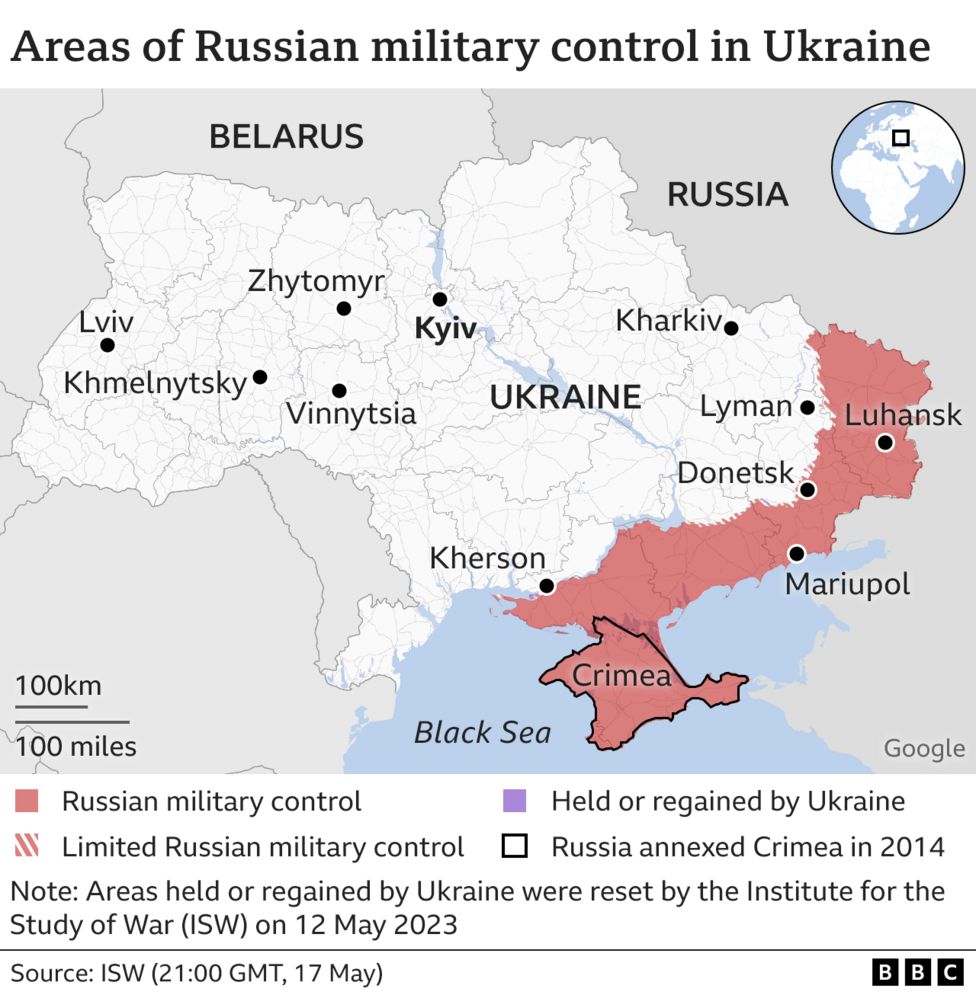
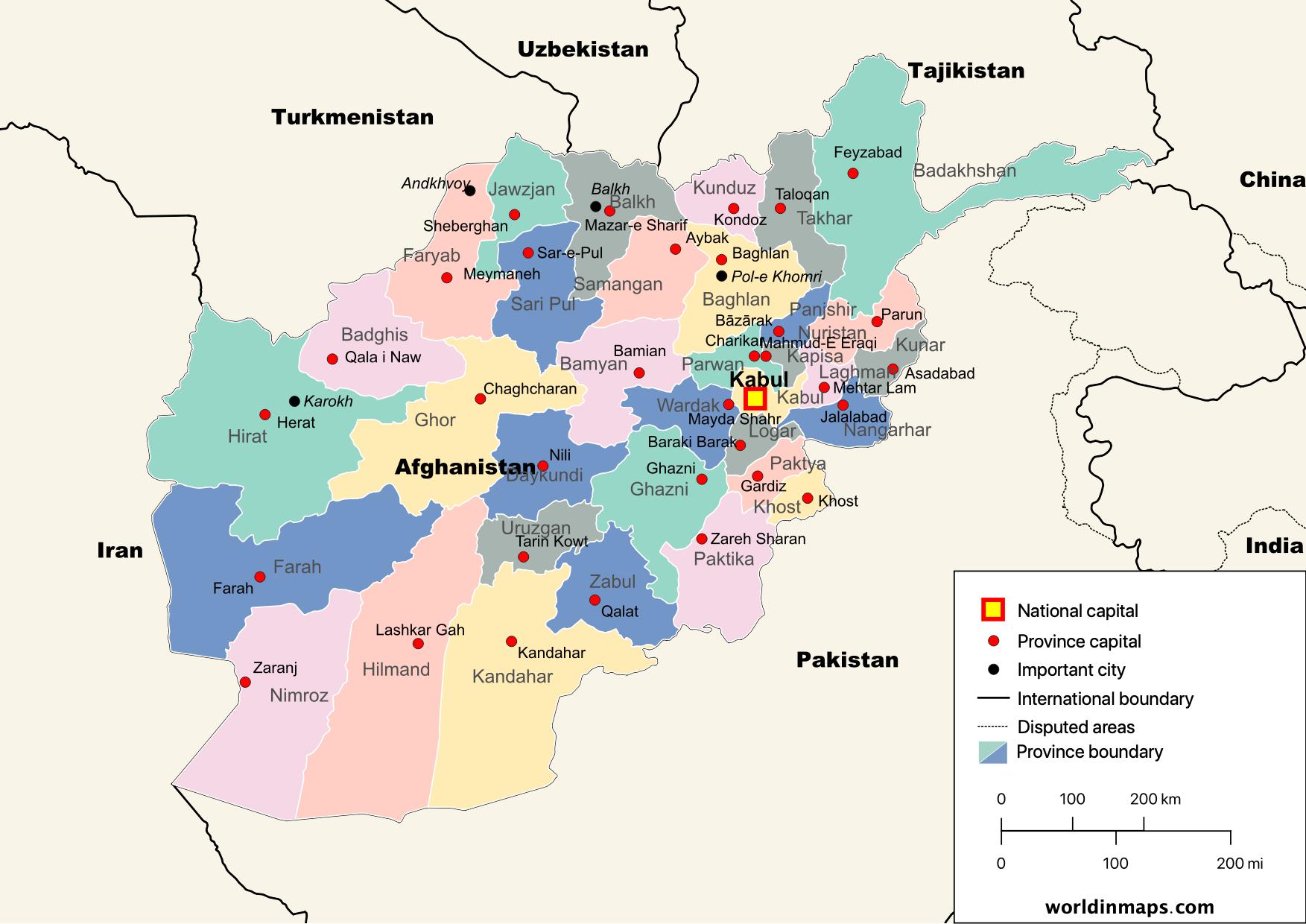



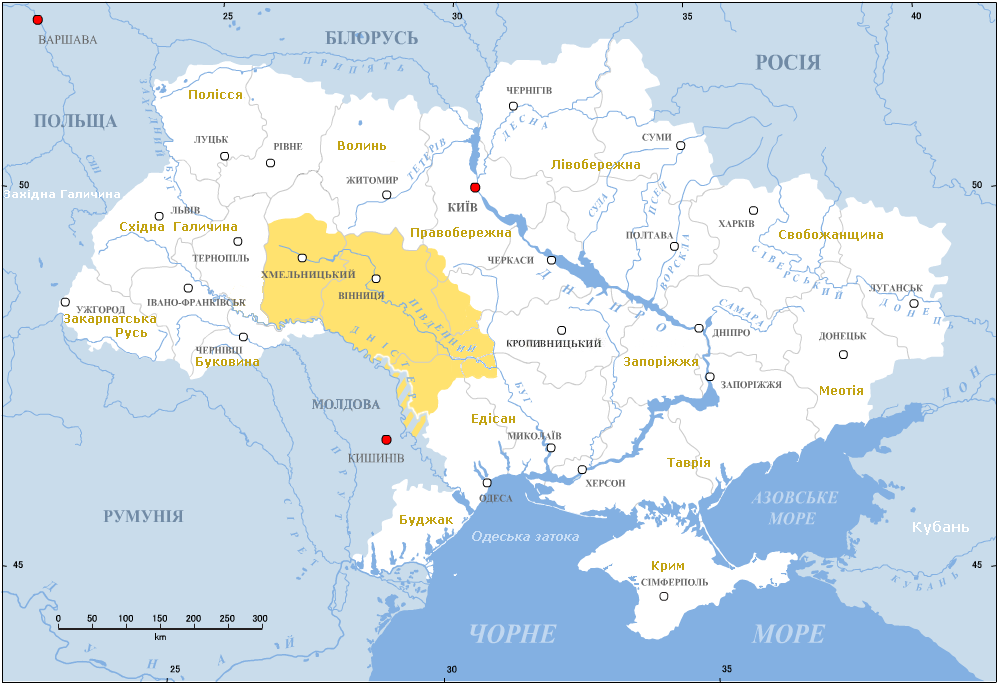
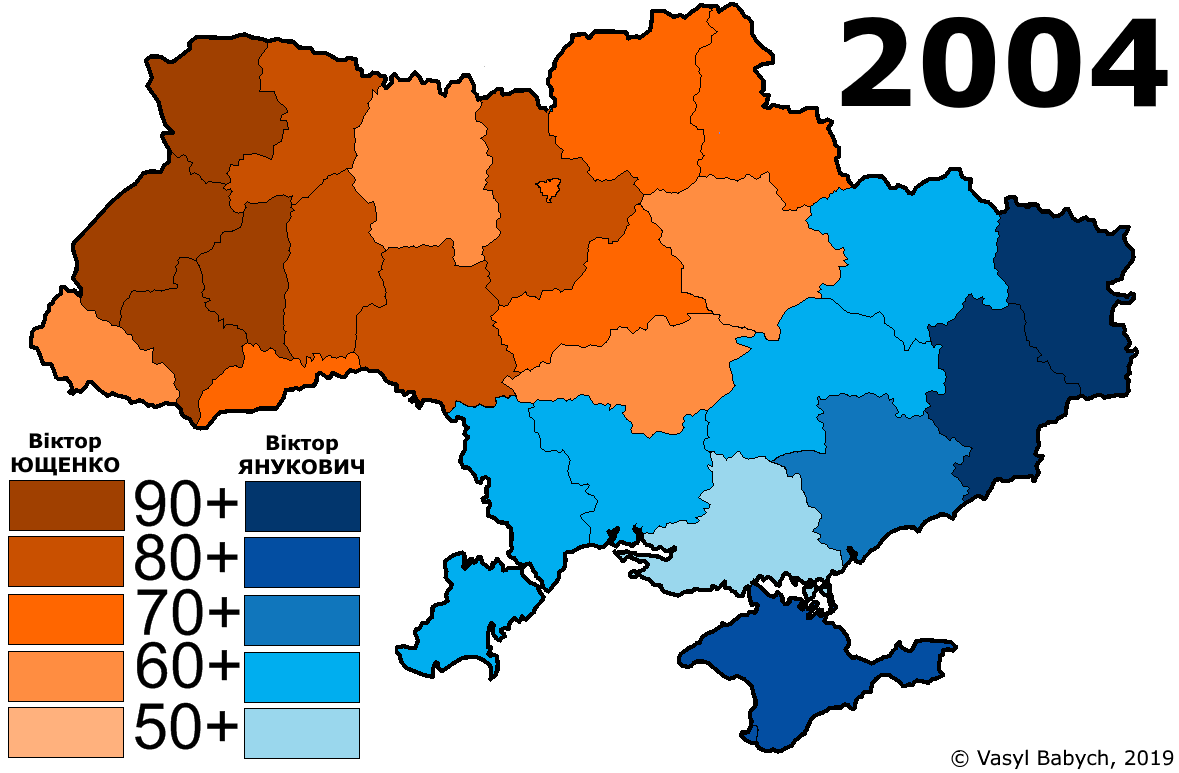
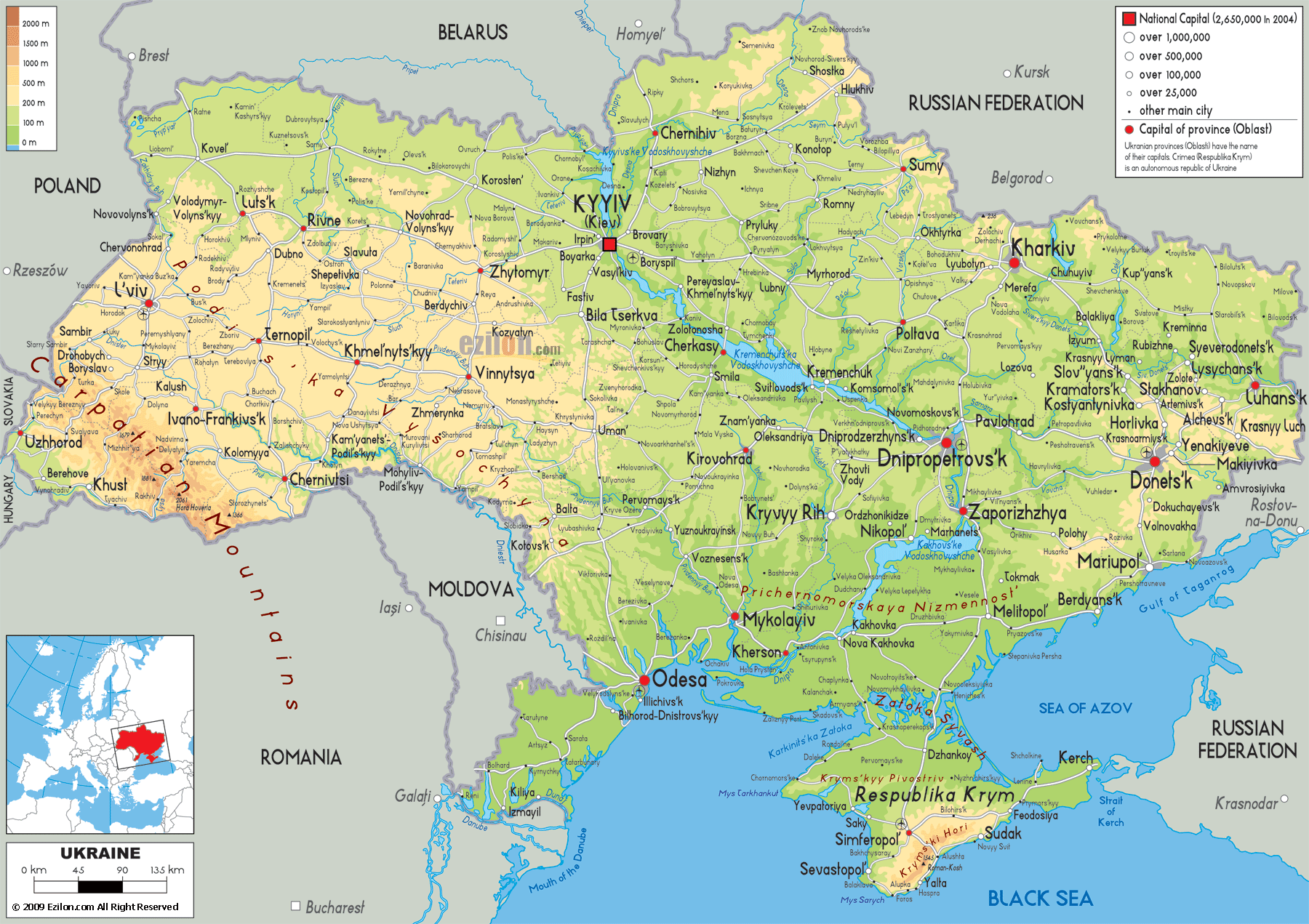






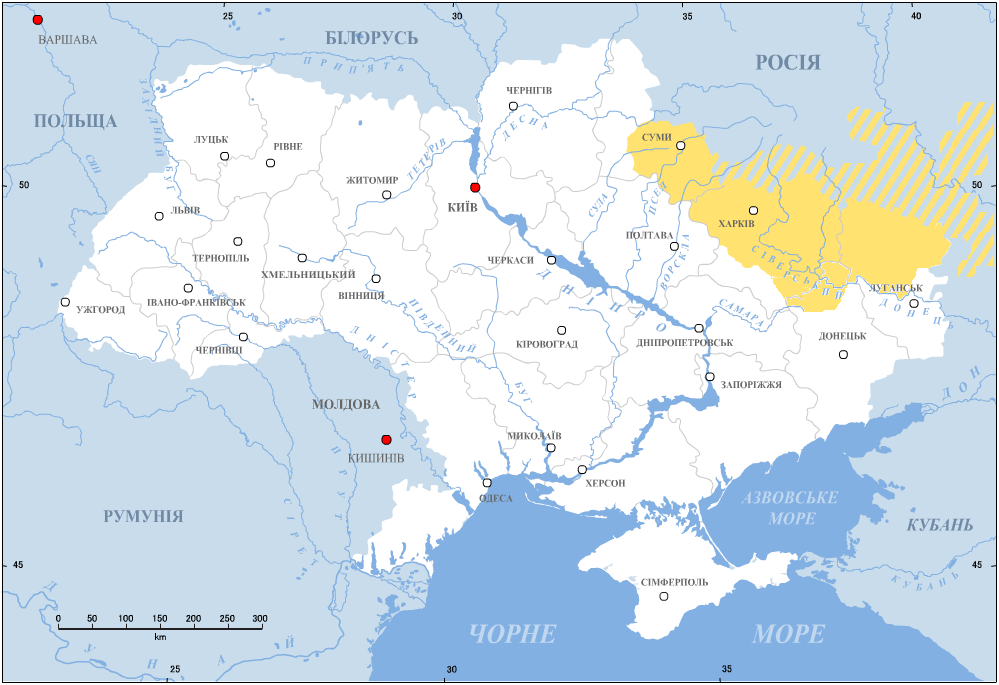





.jpg)

